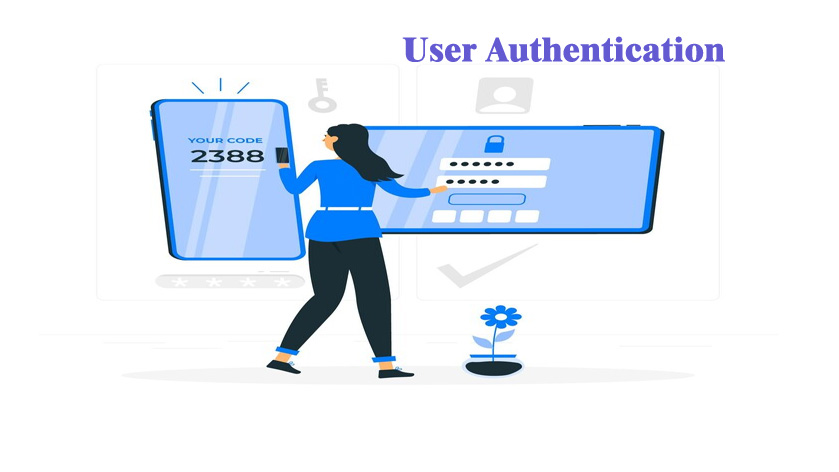User authentication is a method of verifying a user’s identity. This happens when they are trying to access a system, account, or device. It is a security protocol so any unauthorized access does not occur, and sensitive data is encrypted. Many businesses will also use user authentication for their employees to access specific information.
The user is asked to provide specific username and password credentials during this process. This will be created during the process of registration. Sometimes, the account or system can give you credentials such as OTP (One time password). This will sent to you through text or mail. Access will be allowed if you provide the correct password or username.
How User Authentication Works?
User authentication will work by getting the account or network that tries to access it. Let us look at the steps of how it works:
- The initial step to gain access is to enter the logins ( account username and password). Or any other passkey that is required that you mentioned earlier.
- The credentials you have mentioned will be sent to an authentication server that will compare them with credentials securely stored in the system’s database.
- If the login you have entered is correct, then you will be able to access the account. If the credentials are incorrect, then the access will be denied. When you try to access it several times, it will be considered a suspicious or unusual activity. In this situation, the system can provide other verification steps, such as OTP.
Conclusion
In conclusion, it is a crucial step to identify the users. Access will be allowed if you provide the correct password or username. Not only will your data be secured with this help, but It is also a safety measure to protect the accounts from unauthorized access or malware activity that can lead to a considerable loss.

